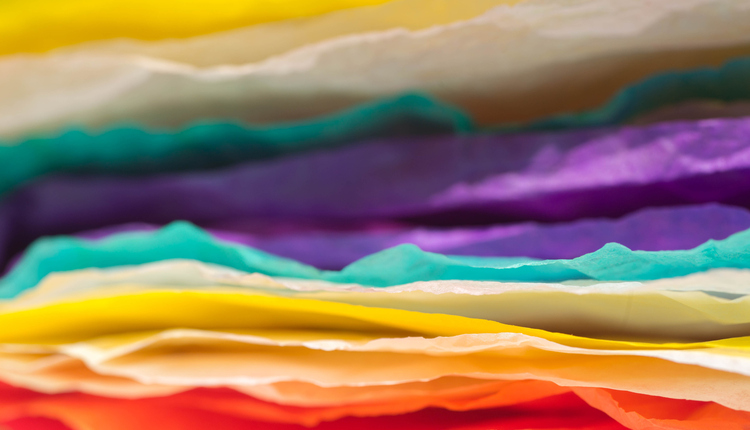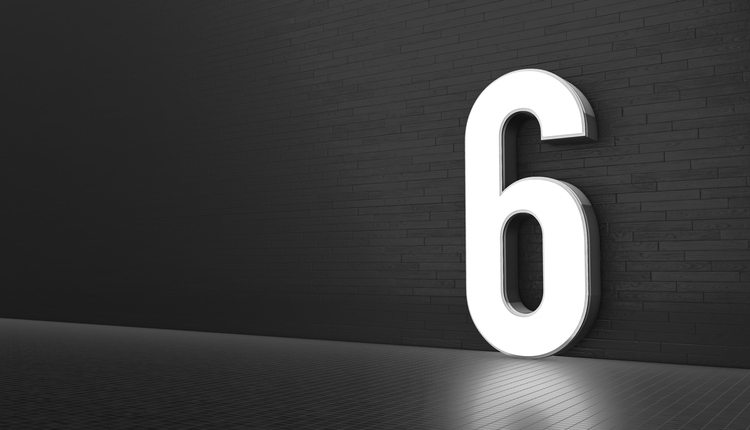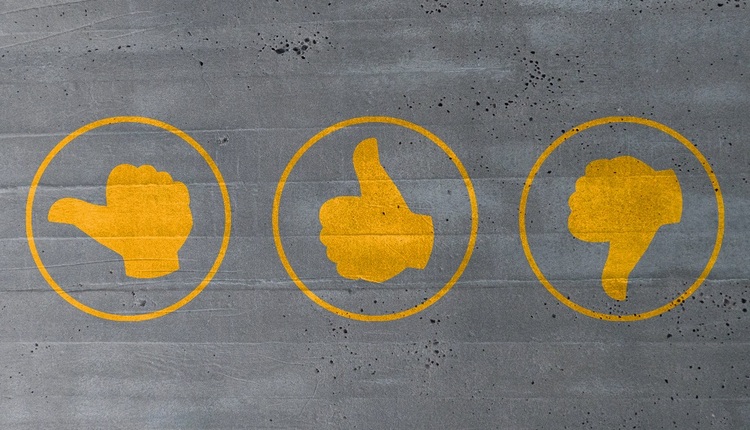Editors Note: This is the second installment of a two-part series on packaging supplies. The first article (May/June) addressed the process of selecting appropriate exterior packaging forms (boxes, mailers, etc.) and closures. This article will discuss interior packaging materials and forms. As mentioned in the first installment, even though these articles are geared toward small- to medium-sized operations (between 1,000 and 5,000 packages per month), those whose activities are somewhat greater or less than this range can still benefit.
The Concept of Cost/Performance
The preferred criteria for selecting appropriate interior packaging materials for any specific application is a combination of the cost of the final package and the level of performance it provides. This combination can be thought of as the overall value of the package. In general, a package will typically perform one or more of the following functions: containment, convenience, communication and protection.
Each can be considered as a type of performance for the overall package or for specific components or parts of the pack. For interior packaging materials, we are most often concerned with protecting the products in the package. Protection may be from spoilage, heat, cold, moisture, infestation, light, tampering, pilferage, electrostatic discharge (ESD), corrosion and physical damage resulting from the bumps, jolts, impacts, compression and vibrations encountered in typical distribution, shipping and handling environments. So interior packaging materials are most often first considered on their ability to perform some required protective function; however, this should not be the entire basis for selection since all performance will come at some cost.
Over the years, it has become obvious that overall value for a pack design is based on several cost factors including (but not always limited to) the costs of materials, labor, freight/postage, storage/warehousing, shipping container, shipping damage and disposal. Packaging operations of the scale described earlier (1,000 to 5,000 packages per month) will probably use a limited range of internal packaging materials, depending on the types of products being shipped and the types and levels of protective performance required. The types of performance most often considered for these materials are surface protection, interleaving/wrapping, void fill, blocking and bracing, cushioning, specialty, atmospheric barrier (humidity, moisture, dust, etc.), electrical protection (shielding, anti-static, etc.), temperature and areas of packaging performance. A brief description of each type of performance may help to explain why certain materials may be preferred over others.
Surface Protection These materials serve to protect finished surfaces on products that might be susceptible to scratching, denting, marring and highlighting during warehousing and distribution. Products with finished, polished or painted metal or wood surfaces most often will require a surface protection material to ensure these surfaces arrive undamaged at the ultimate user. Materials used for such purposes must be clean, non-abrasive and non-reactive. Often, they must also breathe in order for surfaces to finish curing in the final package.
Wrapping/Interleaving When several items are shipped in the same shipping container, they must often be individually wrapped or interleaved to prevent internal collisions and impacts during shipment. Often, these types of contents can more easily be protected if they are consolidated into a single unit through wrapping and interleaving with the appropriate materials. The preferred materials for these applications must be thin enough not to add inordinate bulk to the contents while sufficiently resilient to ensure the items being wrapped are protected from each other during shipping and distribution.
Void Fill In many packaging areas, only a limited number of corrugated box sizes can be stocked. Therefore, it is not unusual that the contents will not entirely fill the internal volume of the box being used. In these instances, the excess space in the container can create problems in shipment. Void fill materials are often used to compensate for any potentially damaging effects of these voids while also insuring the maintenance of the original packaging array throughout shipment. Void fill materials should be economical, bulky, easy to use and resilient enough to maintain their bulk throughout the shipping cycle. If void fill materials compress and do not recover during impacts, vibrations or compression, then the void originally occupied will be created again in the pack.
Blocking & Bracing There are times when the objective of a package assembly will be simply to keep the product inside in a specific position within the package. Cushioning may not be an issue (the product being rugged and not easily damaged from shock). Most often, this packaging function deals with large, heavy items that may be packaged in crates or on pallets.
Cushioning Many items will be damaged if they are subjected to rough handling or transit vibrations without additional protection. Such fragile (and semi-fragile) products will require cushioning. Materials that cushion will support the product within the pack and then deflect or deform under dynamic impact in a controlled manner, reducing the level of shock · felt by the product to safe levels. Most effective cushioning forms will then recover after such an impact in order to maintain this ability for subsequent impact events. Cushioning is often designed and fabricated (or molded) for specific products, but for the operations described here, more often the cushioning materials preferred are those that have broad ranges of potential usage including wraps and foam-in-place.
Specialty Many types of products will require special types of protection. Products that might rust or corrode, that are sensitive to light, dust or electrical discharge or that must be kept frozen or be kept from freezing will require materials providing these types of protection within the package. The features of concern for the interior packaging materials are relating to surface protection, wrapping/interleaving, void fill and cushioning.
Materials
A brief description of the different material categories might help in understanding their uses. The list is by no means complete; however, those listed are the most commonly used in todays packaging operations.
Paper As an interior packaging material, paper has been in use for longer than any other of the materials listed here. As printed or unprinted news, kraft, bogus, tissue and wadding (multiple layers of kraft and/or tissue bonded together into a sheet or roll of material), paper has been wrapped, stuffed, wadded, crammed and jammed into packages to protect products, block them in place, fill voids and to even absorb any liquids that might be present should the packaged product be a bottle of one fluid or another. More recently, paper products that are processed through machines that crumple, crunch or slit and expand the sheets to convert the flat sheet into more bulky forms for void fill and cushioning have been introduced in shipping.
Air Cellular Available in rolls (both plain and perforated for ease of use), sheets and bags, air cellular cushioning materials have been used in packaging operations for over 40 years. Available in different bubble heights, the materials can be used for all the various protective functions quite effectively. They can also be laminated to various substrates to achieve other performance attributes such as insulation, cohesion and adhesion. Most recently, a form of these materials has been introduced that can be inflated on site and on demand, eliminating the issues associated with storing and handling these lightweight, bulky products prior to their use.
Inflatable Void Fill This class of materials consists of pouches of air created on site and on demand for void fill applications. Using typically low density polyethylene (LDPE) or high density polyethylene (HDPE) films, various size pouches can be created on different types of equipment available from a number of manufacturers. These materials provide high efficiency, low density, low cost void fill for products that are considered light to moderately heavy (less than 25 pounds). Because of the broad range of providers, the equipment and the types of films used, there can be significant differences in products from different suppliers.
Loose Fill Peanuts, discs, donuts, tubes and sausages all have been used to describe the various forms in which these materials may be provided. Although there may be some differences in how these various forms flow, compress or stabilize in the package, the major types of loose fill found today are based on the materials from which they are made. The first and most common types are those made from expanded polystyrene foam (EPS). These are extremely low density (nominally 0.3 pounds per cubic foot) and have been in common use as void fill for some time.
Several years ago, a new class of these materials was commercialized, made from starch (typically corn, wheat or oats). Being bio-based materials, these products are often promoted as being soluble in water and biodegradable. Heavier than their EPS counterparts (nominally 1 pound per cubic foot density), starch-based loose fills have become more common in many void fill operations.
Foam-in-Place These are polyurethane foams created by combining two chemical components on site and on demand. Dispensed in a liquid form, the combined components react, creating a foam in the package and around the item being protected. Highly efficient cushioning, void fill and blocking and bracing formulations are provided for many high performance applications. New approaches feature operations in which the components are dispensed into a bag in a foam-in-bag process, and the bag is then placed into the pack where the foaming reaction takes place. Foam-in-bag packaging also provides more accurate control over the amount of foam used in each application.
Polyethylene and Polypropylene Foams These are two different closed-cell foam materials, commonly used in roll or sheet form. Available in plank and molded forms, they are most often found on rolls as perforated rolls or as sheets for wrapping, interleaving and cushioning. Consisting of different kinds of polymers (polyethylene and polypropylene), these materials are somewhat similar in appear-ance but will generally have different performance characteristics.
With the number of different materials available for surface protection, wrapping and interleaving, void fill, blocking and bracing and cushioning, most small- to medium-sized packaging operations will include perhaps two or three different options, particularly when the products being packaged are not all identical and all the packages going out the back door are not the same. Selection of the most effective interior packaging materials to use (alone or in combination with others) will typically require the consideration of both the individual performance requirements of the application along with the total costs involved with the use of the various candidate materials.
Optimizing the value of the total package based on these criteria will most often result in successful shipments along with controlled packaging costs for both the interior packaging materials and the outer shipping container, leading to cost savings for your facility.
William R. Armstrong, CPP, is technical development manager of Sealed Air Corporation. For additional information, you can visit www.sealedair.com.










